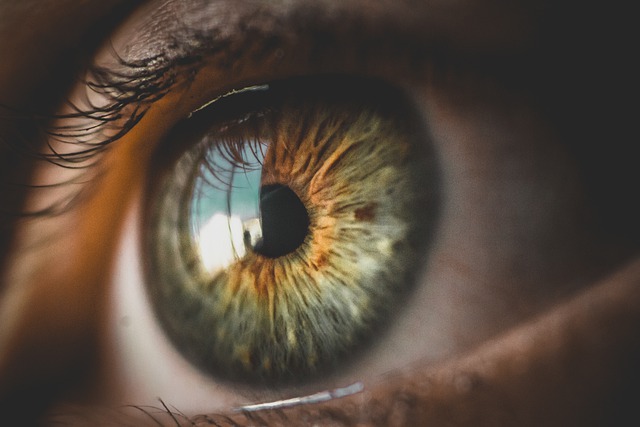
The tear has a complex structure and composition, which keeps the eye surface moist and lubricated, protects it from pathogens, promotes wound healing and provides optimal visual transparency. The tear film contains a lipid layer that acts primarily as an interface between the aqueous layer of the eye and the outside air. This lipid layer is composed of a thin layer of polar lipids that interact with the mucoaqueous layer of the eye and serves as an anchor, and a thicker layer of nonpolar lipids (which do not interact with water) at the interface with air.
“Dry eye has a high prevalence in the population, especially in women aged 40-50 years. It is a pathology that, although not serious, is annoying on a day-to-day basis —explains the Ikerbasque researcher Arantxa Acera—. The usual treatments for dry eye are tear substitutes, among which are eye drops of blood products such as eye drops of plasma enriched in growth factors, which is obtained from the patient's own blood (that is, they are autologous eye drops) . Although it can be a somewhat tedious process, it is not a really expensive therapy, but rather a new and unknown one”. In this sense, the UPV/EHU's Experimental Ophthalmic-Biology Group (GOBE) has carried out a study, financed with funds from the Ministry of Science and Innovation (RETOS-MINECO), the purpose of which would be to better understand the composition of this type of eye drops "to establish personalized treatments based on the type of dry eye that the patient has (aqueous-deficient, evaporative or mixed dry eye)", adds Acera. For this, they analyzed what type of lipids were in the eye drops, and compared them with the existing lipids in the tear.
“We wanted to know if this type of eye drop has an appropriate composition for a more personalized medicine; Perhaps, if there is a lipid that is missing in the biological eye drops, the objective could be to enrich it with that lipid”, explains Acera. In the study they have confirmed that “the lipid composition of the autologous eye drop and the tear is not really the same. In the plasma there is a large amount of lipids; however, in the tear film there are two very important amphipathic lipids, which anchor the apolar part with the aqueous part of the tear, which do not exist in the plasma”.
Large-scale clinical study
In this context, the GOBE research group has launched, in collaboration with the Basurto Hospital, Donostia Hospital, the Clinical-Surgical Institute of Ophthalmology (ICQO) and the Miguel Servet Hospital in Zaragoza, "a multicenter clinical study to analyze the lipid profile of the tears of patients with different types of dry eye, to find out which lipid is altered in these patients and determine which therapy may be the most appropriate in each case”, explains the Ikerbasque researcher. On the other hand, the Donostia Hospital has promoted a clinical trial with enriched plasma in a group of patients with secondary dry eye, since this type of eye drops "are not covered by public health", and the researcher highlights the importance of "following investigation to be able to incorporate this type of treatment into the public system” and “advance in the development of personalized treatments, adapted to the type of dry eye of each patient”.
For more information: DOI: 10.1016/j.exer.2022.109061
.png)
